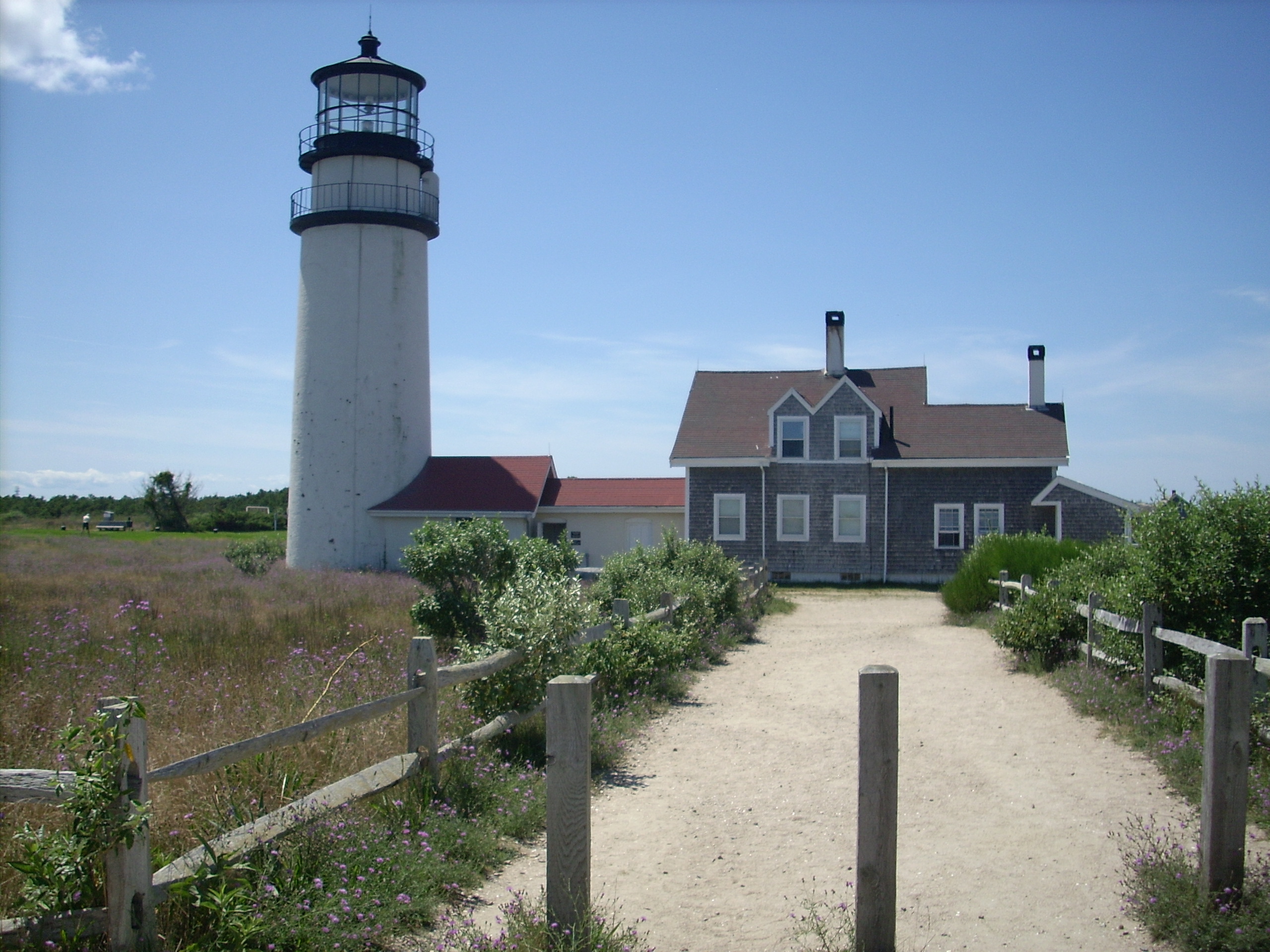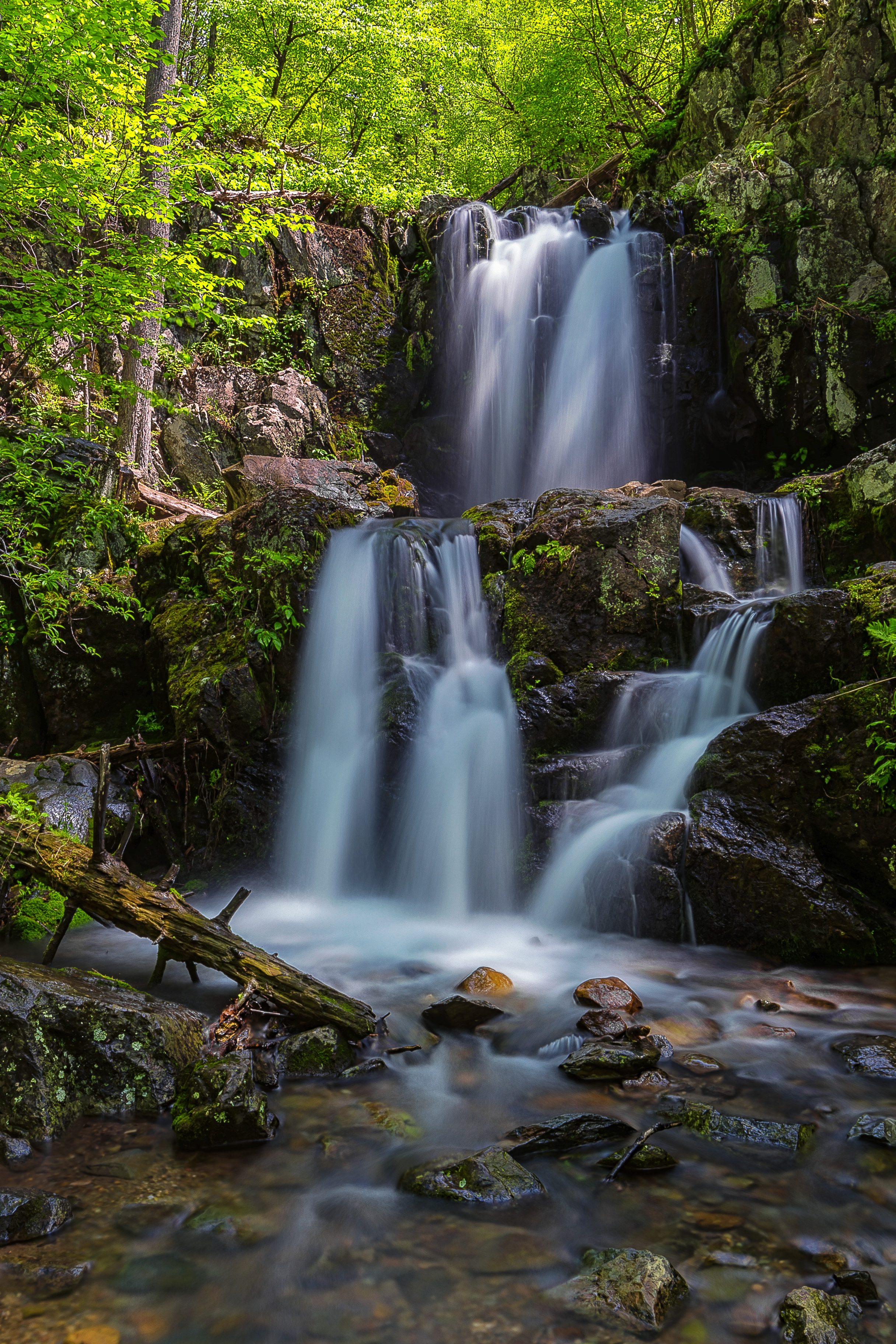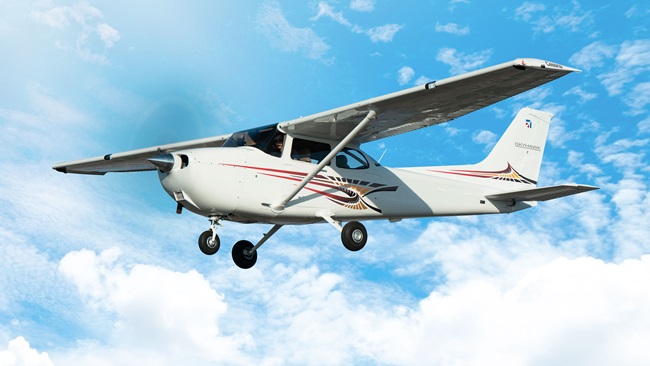Fly to the national parks: Northeast
These Eastern U.S. parks provide wonderful escapes from city life. From thickly forested mountains and iconic, windswept beaches to a sacred place of remembrance, each reveals a piece of “America the Beautiful.”
Acadia National Park, Maine: Bar Harbor is the closest town/airport to Acadia National Park, and it’s a good thing because delightful hotels, inns, resort spas, restaurants, and activities abound in this beautiful village on Frenchman Bay. Take a puffin, whale-watching, lighthouse, bike, or kayak tour. Sail aboard the four-mast, 151-foot schooner Margaret Todd. Jordan Pond House, inside Acadia National Park, is famous for its popovers, tea, lobster stew, and homemade ice cream. This “Downeast Maine” park offers impeccably maintained hiking trails and scenic drives with dramatic views of the rocky coastline, rivers, lakes, and mountains.

Cape Cod National Seashore, Massachusetts: “A man may stand there and put all America behind him.” So said Henry David Thoreau, who advocated for protection of this land as well as the Maine woods noted above. Fly to Provincetown at the Cape’s north end to access beautiful, remote beaches or grab a cab or bus shuttle to town. Or fly to Chatham at the Cape’s south end. If you read Henry Beston’s classic book The Outermost House, you’ll want to explore this beach. There’s a bike path if you brought folding bikes, rent a car, or ask your hotel for pick-up. Ranger-guided activities include canoeing, yoga, and tours of the lighthouse, marshes, and much more.
Flight 93 National Memorial, Pennsylvania: Somerset County Airport is the closest to this memorial to the 40 heroes of Flight 93, which was hijacked by terrorists on Sept. 11, 2001, presumably to be crashed into the Capitol Building in Washington, D.C. Passengers retaliated against the hijackers but the airliner crashed into a field near Shanksville, Pennsylvania, about a 30-minute drive from the Somerset airport. The no-fee park is open sunrise to sunset and includes a Memorial Plaza, Wall of Names, and large boulder marking the crash site. A wildflower-studded field and grove of hemlocks are nearby. Observance ceremonies are held each Sept. 10 and 11.

Shenandoah National Park, Virginia: Located in the Blue Ridge Mountains of Virginia just west of Washington, D.C., the park stretches 105 miles from its northern entrance at Front Royal to its southern entrance near Waynesboro, so you can fly to Front Royal Airport. Skyline Drive runs 105 miles north and south along the crest of the Blue Ridge Mountains in Shenandoah National Park and is the only public road through the park. It takes about three hours to travel the entire length of the park on a clear day. Lodges, cabins, and camping are available in the park, which also provides over 500 miles of hiking trails, including 101 miles of the Appalachian Trail, plus many bird species. Take a guided trail ride, go fishing or climbing, and visit the waterfalls.
Great Smoky Mountains National Park, North Carolina and Tennessee: This UNESCO World Heritage Site straddles the ridgeline of the Great Smoky Mountains, which are part of the Blue Ridge Mountains, themselves a division of the Appalachian chain. Great Smoky is America’s most-visited national park and easily accessed from the Gatlinburg-Pigeon Forge Airport. Waterfalls, hiking, auto touring, horseback riding, historic buildings, and the Great Smoky Mountain Railroad are some of the fun things to do here.


















